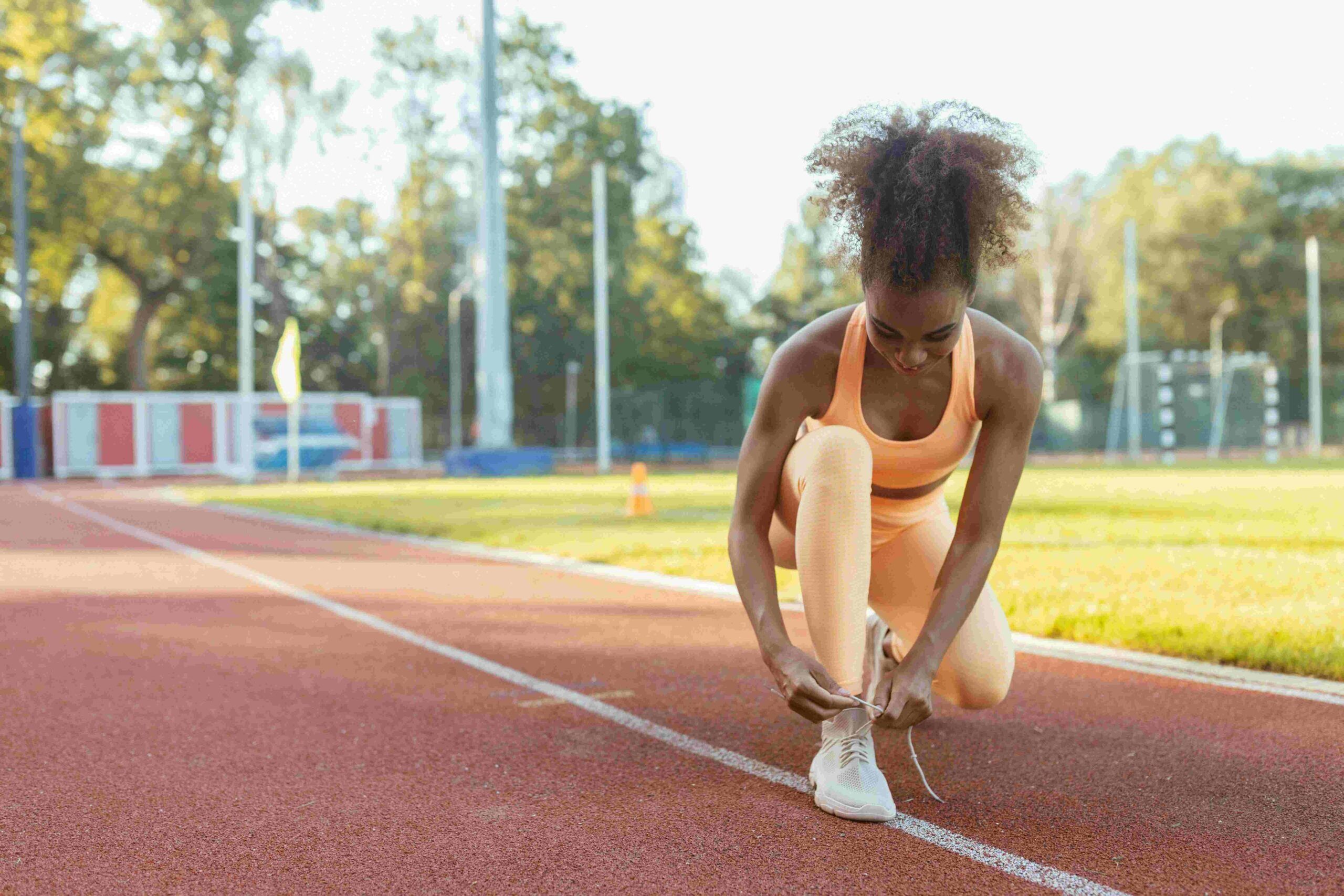
The Rise of Women in Competitive Sports
Article Level: Proficient Level of English
Explanation: This article explores the evolution of women in competitive sports, highlighting their rise from limited participation to global recognition. It examines historical barriers, key milestones, modern challenges, and the powerful impact of advocacy and social media.
Read more: The Rise of Women in Competitive SportsCommonly Used Words from the Article
-
Transformation /ˌtrænsfəˈmeɪʃən/ (noun): A complete change in form, nature, or appearance.
The transformation of women’s sports has been remarkable over the past century.
-
Resilience /rɪˈzɪliəns/ (noun): The ability to recover quickly from difficulties.
Female athletes have shown incredible resilience in the face of adversity.
-
Visibility /ˌvɪzəˈbɪləti/ (noun): The state of being seen or noticed.
Social media has increased the visibility of women’s sports.
-
Stereotype /ˈstɛəriətaɪp/ (noun): A widely held but oversimplified idea of a particular group.
Female athletes have long challenged traditional gender stereotypes.
-
Advocacy /ˈædvəkəsi/ (noun): Public support for or recommendation of a cause or policy.
Her advocacy for equal pay in sport has made international headlines.
Audio File of the Article

The Rise of Women in Competitive Sports
Over the past century, the role of women in competitive sports has undergone a profound transformation. Once confined to limited participation and minimal visibility, female athletes now compete on international stages, break world records, and inspire millions. This evolution has not only challenged gender stereotypes but has also redefined athletic excellence.
Historically, women faced considerable barriers to entering professional sports. From societal expectations to institutional discrimination, female athletes often struggled for equal opportunities, recognition, and funding. The early 20th century saw only a handful of women competing in events like the Olympics, often facing criticism for engaging in what was then considered “unfeminine” activities.
However, the feminist movements of the 1960s and 70s sparked a dramatic shift. With increased awareness of gender equality and civil rights, more women began to demand inclusion in sports. Legislations such as Title IX in the United States paved the way for equal access to sports facilities and funding, although many parts of the world still lagged behind.
In recent decades, the rise of women in competitive sports has been undeniable. Athletes like Serena Williams, Simone Biles, and Jessica Ennis-Hill have become household names, celebrated not only for their skill but also for their resilience and advocacy. Women now compete in nearly all Olympic disciplines, and female viewership and sponsorship have grown significantly.
Social media has played a pivotal role in this transformation. Platforms like Instagram and TikTok have enabled athletes to connect directly with fans, share their journeys, and build their personal brands—often bypassing traditional media outlets that once sidelined women’s sports.
Despite the progress, challenges remain. Issues such as pay inequality, media underrepresentation, and outdated gender norms continue to affect female athletes. Yet, the momentum is promising. Governing bodies and sponsors are slowly beginning to recognise the value of investing in women’s sports, and grassroots programmes are nurturing the next generation of talent.
In conclusion, the rise of women in competitive sports is not merely a story of athletic achievement; it is a broader reflection of social progress and perseverance. As society continues to push towards equality, sport remains a powerful platform for change—one where women are not just participants but champions of transformation.

Grammar Notes
Grammar Focus: Passive Voice and Complex Sentences
The article uses passive voice to focus on the action rather than the subject, e.g., “Women were once confined to limited participation.” This structure is useful in formal writing when the doer is unknown or less important than the action.
Grammar Lesson: Passive Voice
Structure: be + past participle
Examples:
-
Active: The media ignored women’s sports.
-
Passive: Women’s sports were ignored by the media.
Complex sentences combine multiple clauses to express detailed ideas:
-
Although many parts of the world still lagged behind, some countries made significant progress.

Five Questions Based on the Article
-
-
What societal and institutional barriers did early female athletes face?
-
-
How did feminist movements contribute to the evolution of women in sports?
-
In what ways has social media influenced the visibility of female athletes?
-
What challenges do women in sports continue to face today?
-
Why is the rise of women in competitive sports considered a reflection of broader social change?

We’d love to hear your thoughts! Join the conversation by leaving a comment below. Sharing your insights, questions, or experiences can help you connect with others in our English learning community. It’s a great way to practice your English skills, engage with like-minded individuals, and improve together. Don’t be shy—jump in and let’s keep the discussion going!

 EnglishMasteryHub
EnglishMasteryHub